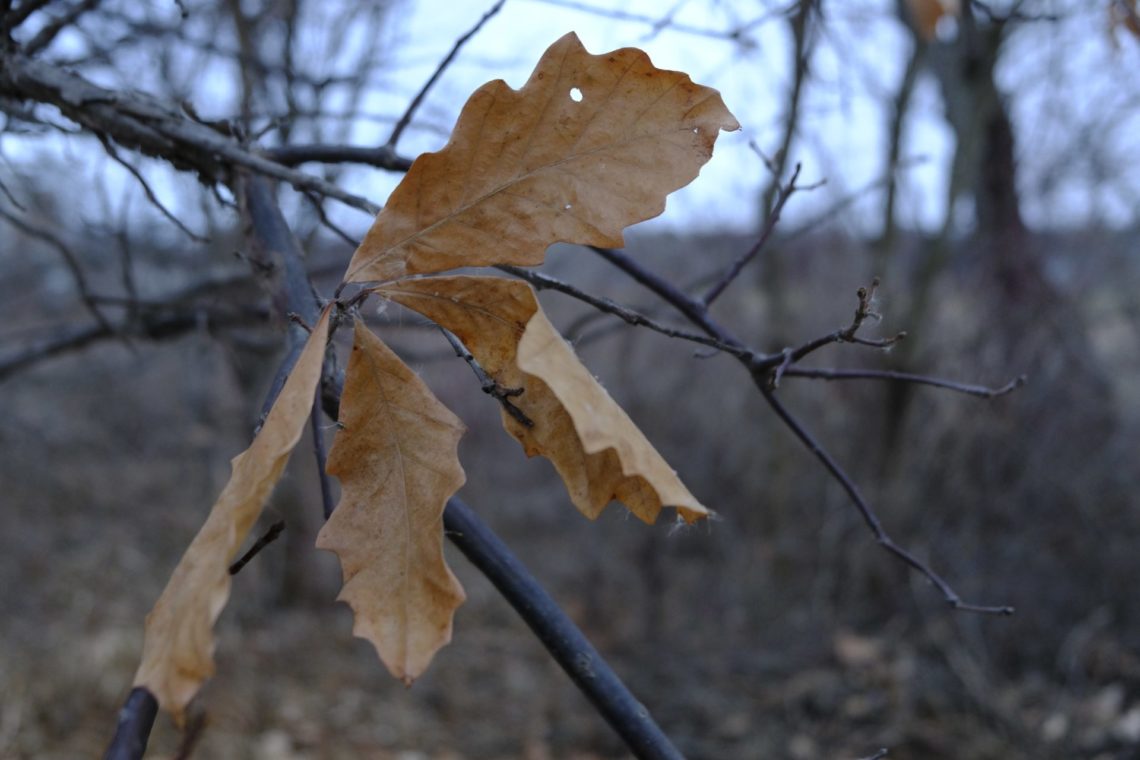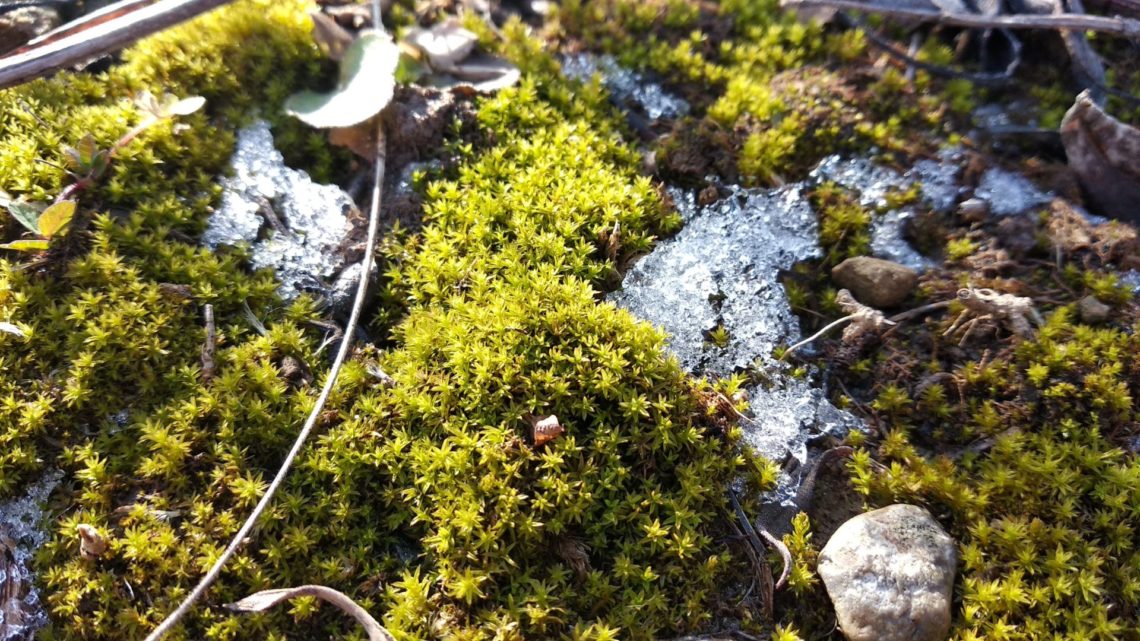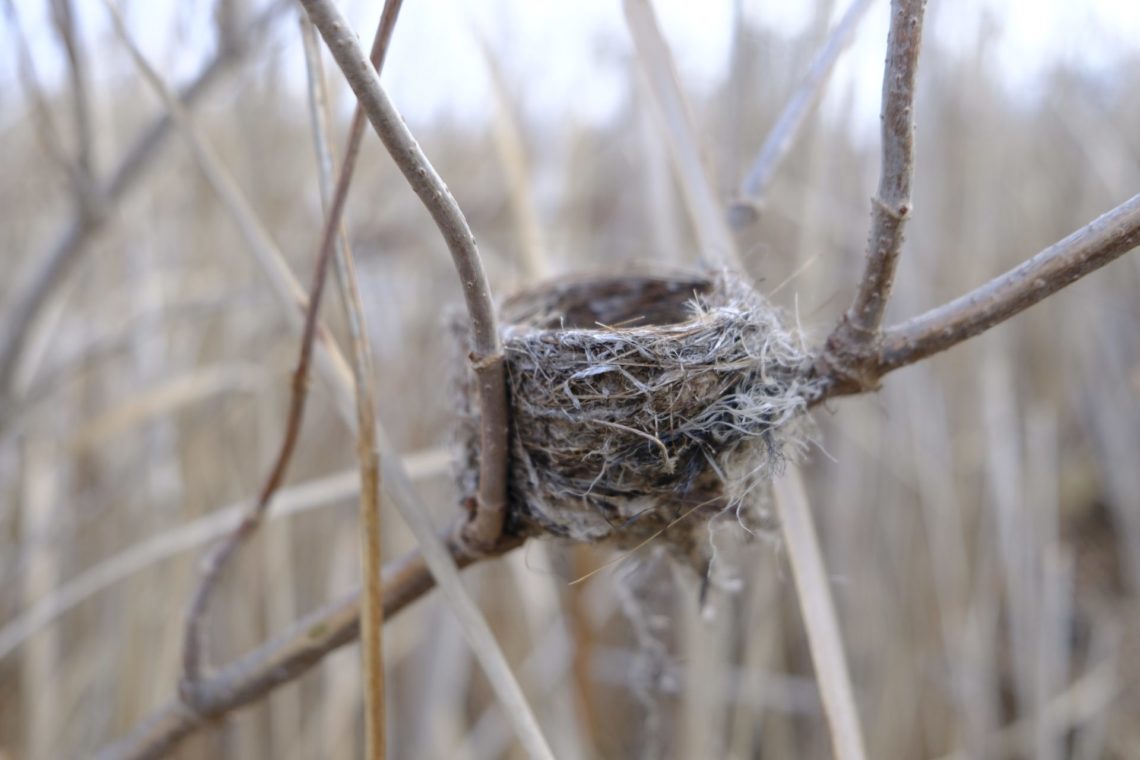Happy first week of winter! This is usually the time of year when I picture the landscape to be covered in snow and my windshield covered in ice. While I’m sure there are many who are glad that the snow has held off as long as it has, I would settle for a light dusting right about now. For me, snow makes it seem less cold outside. I’m not sure why, but when it’s 25F with no snow, it just seems so much colder.
While we all begin our own hibernation and settle in for winter, let’s see what’s going on outside.
Have you noticed that oak and beech trees tend to lose their leaves much later in the year than other tree species? It could be January or February and somehow these trees are able to retain their leaves, which is incredible!
Scientists call this retention of dead plant matter ‘marcescence’, and there are a few theories as to why it happens. One theory is that it deters critters like deer from feeding on the buds below the leaves. This gives the tree an advantage in the spring since it has more buds available for growth. Another popular theory is that the trees retain leaves all winter to slow decomposition of the leaves. Once spring arrives and the leaves fall, it provides nutrients (like compost) to the soil at a time when the tree needs it most. Especially oaks and beeches, which tend to grow in drier and less nutrient-rich soil.
The next time you’re out in a damp wooded area, keep an eye out for various species of moss. I often find them growing on rocks or on the base of tree trunks. You wouldn’t normally think winter would be a good time to find moss, but did you know that it can photosynthesize all year long? Depending on the depth of the snow, moss can even photosynthesize under the snow!
Now that most of the leaves have fallen, this is a great time of year to go nest searching! The sheer number of nests that I notice when out on hikes always amazes me this time of year. Some of the easiest nests to find are those that previously belonged to robins and goldfinches since they tend to nest closer to the ground than many other species.
The nest pictured above was created by a goldfinch (I believe). They’re usually pretty small (2-3″ diameter) and are almost always constructed high in a shrub where 2-3 branches intersect. If you find a bigger nest that was built using sticks and mud, that’s a good indication that a robin made it. Both types of nests are extremely durable and can often remain intact all winter long.
Similar to the oak leaves that manage to hold on all winter long, various tree and shrub species are able to retain berries throughout the winter. This is great news for cedar waxwings who feast on berries all year long. An interesting fact that I just learned is that brown-headed cowbird chicks that are placed in cedar waxwing nests often have a very difficult time surviving because of the berry-heavy diet provided by the cedar waxwing mother. Waxwings really do love berries!
Well, I hope you enjoyed my virtual tour of nature as it’s happening. However you experience the outdoors or nature, be it physical, virtual, spiritual, or anything in between, I encourage you to do it!
See you next year!




